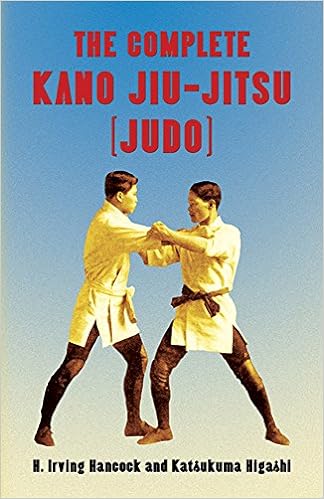Flying Crane
Sr. Grandmaster
Lots of people do forms poorly and for them it is a waste of time.
Others understand how to use forms to train effectively. For them, it is tremendously valuable. Explaining to you in such a way that you can fully grasp it will take more than some YouTube clips and an online forum venue. This is where you step back and say, "ok, that's an aspect of training that I don't understand so I'll simply not pass judgement".
Go ahead, give it a try.
Others understand how to use forms to train effectively. For them, it is tremendously valuable. Explaining to you in such a way that you can fully grasp it will take more than some YouTube clips and an online forum venue. This is where you step back and say, "ok, that's an aspect of training that I don't understand so I'll simply not pass judgement".
Go ahead, give it a try.

